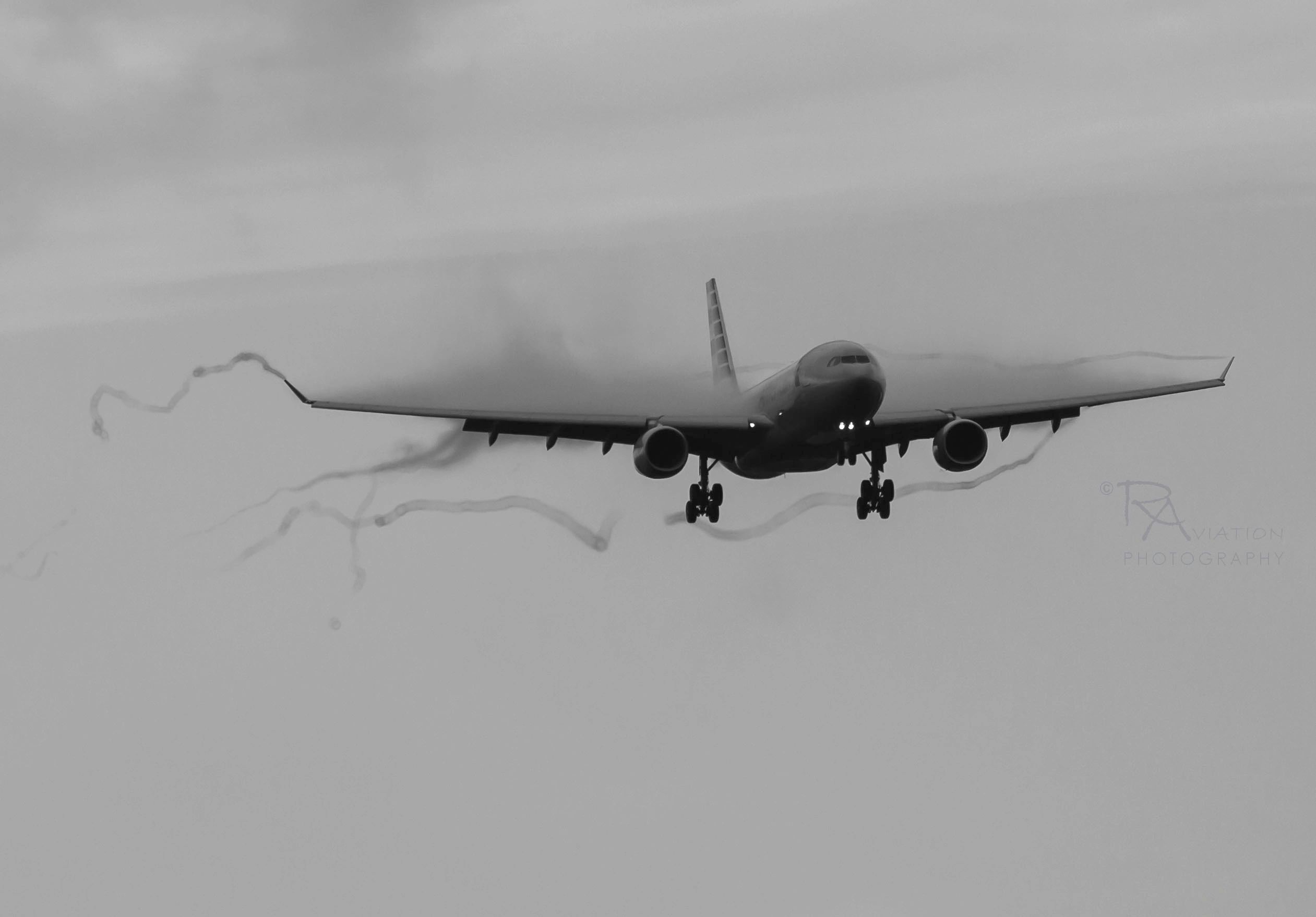
Now back to the basic helicopter control. This kind of control is known as cyclic pitch (Fig:8). In short, swash plate tilting backwards produces a torque as shown. That means, with this swash plate tilt, we will always be able to maintain a positive angle of attack at the rear and a negative angle at the front portion of the rotor disk. The interesting thing about this arrangement is that, just by tilting the bottom swash plate we will be able to achieve the varying angle criterion of the blades.

Fig:7 The task of basic components and their arrangement The blades are connected to the top swash plate with the help of control rods. So the top swash plate will always move with the blades. The top swash plate is attached to the rotor shaft with the help of a driver. So the top swash plate can inherit all the motion of bottom swash plate while at the same time it can rotate independently. The bottom swash plate does not spin, but it can move and tilt as shown.Ī top swash plate is fitted on the bottom swash plate via a bearing.

Let’s get an exploded view and understand the basic components first (Fig:7). Such complex motion of the blades is easily achieved by a swash plate mechanism. It is clear that the blades must keep on changing angle of attack so that at one particular location the angle of attack is always the same (Fig:6B).įig:6B Same angle of attack Task of Basic components and their Arrangement You can observe the beautiful blade motion required to achieve this non-uniform lift force distribution. The variation in the lift forces will definitely result in a torque that can turn the helicopter (Fig:6A). The lift forces acting on the blades will be different in this case. Now think for a moment what happens if the one blade were at one angle of attack and others were at a different angle. Generally, the greater the angle of attack (Fig:5), the more the lift. The lift produced by an airfoil varies with the angle of attack. To learn the science behind helicopter turning, we need to learn more about the airfoil principle. Fig:4 Helicopter’s controls Angle Of Attack
AIRFOIL HELICOPTER HOW TO
Now the real challenge is how to turn the helicopter in the desired way. The vertical component of the blade force will balance the gravitational force. The horizontal component of this force will make the helicopter move in the desired direction. When the helicopter is at an angle, the force produced by the blade is not vertical. That means, how can it fly forward ? How can it fly backward ? Sideward ? Or how can it take a turn ? The answer is quite simple, just turn the helicopter towards the direction you want to move and just fly (Fig:4). The most challenging part in helicopter operation is its controls.

Fig:3 Jet engines of aeroplanes are used to generate thrust force Helicopter’s Controls However, the primary function of the helicopter’s jet engine is to turn the rotor shaft (Fig:3). Jet engines of airplanes are used to generate thrust force. One turbine set turns the compressor, and the other set turns the helicopter’s rotor shaft.


 0 kommentar(er)
0 kommentar(er)
